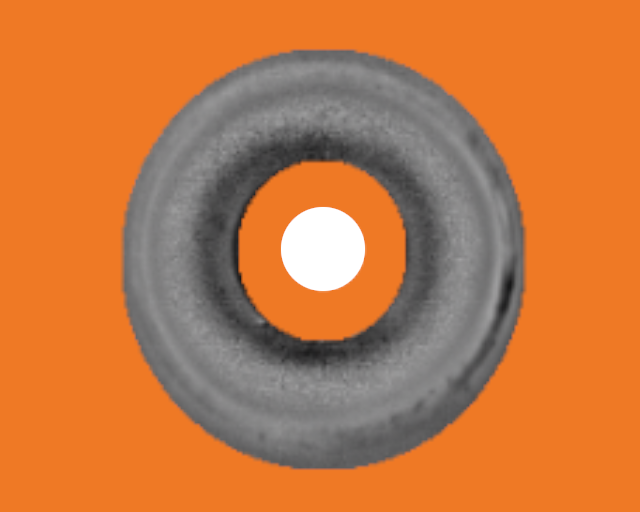NDT systems for weld seam & brazed seam testing
Lightweight construction in vehicle manufacturing means increasing demands on joining technology. Brazed and laser-welded joints can be tested with active thermography in automated testing systems in a timely manner. As a rule, laser-excited or induction thermography is used. We also offer automated systems as well as laboratory systems and testing services.

Weld seam testing in a nutshell
Laser welding processes are used today in a variety of manufacturing processes of components in the automotive industry. Since these processes are usually implemented in a fully automated manner, suitable quality monitoring tools that can be automated must also be available in order to detect any defects that occur (cracks, holes, pores, through-welding defects) in the laser welded joints in good time and in the series cycle. The automated systems and laboratory systems from edevis are ideal for this purpose, with active thermography and induction or laser excitation.
How weld seam testing works
The mode of operation of heat flow thermography is based on a targeted heating of the test area. Inhomogeneities or defects of the test object disturb the heat flow and thus generate short-term temperature differences on the surface, which are recorded with an infrared camera and evaluated with regard to their strength or transient properties. The excitation energy can be introduced by various heating mechanisms such as laser or induction.